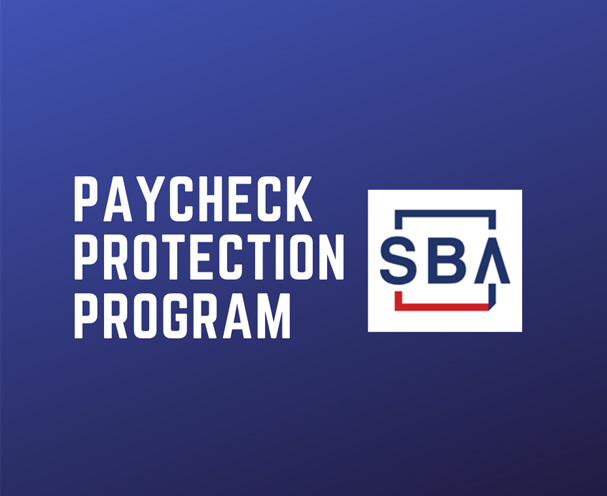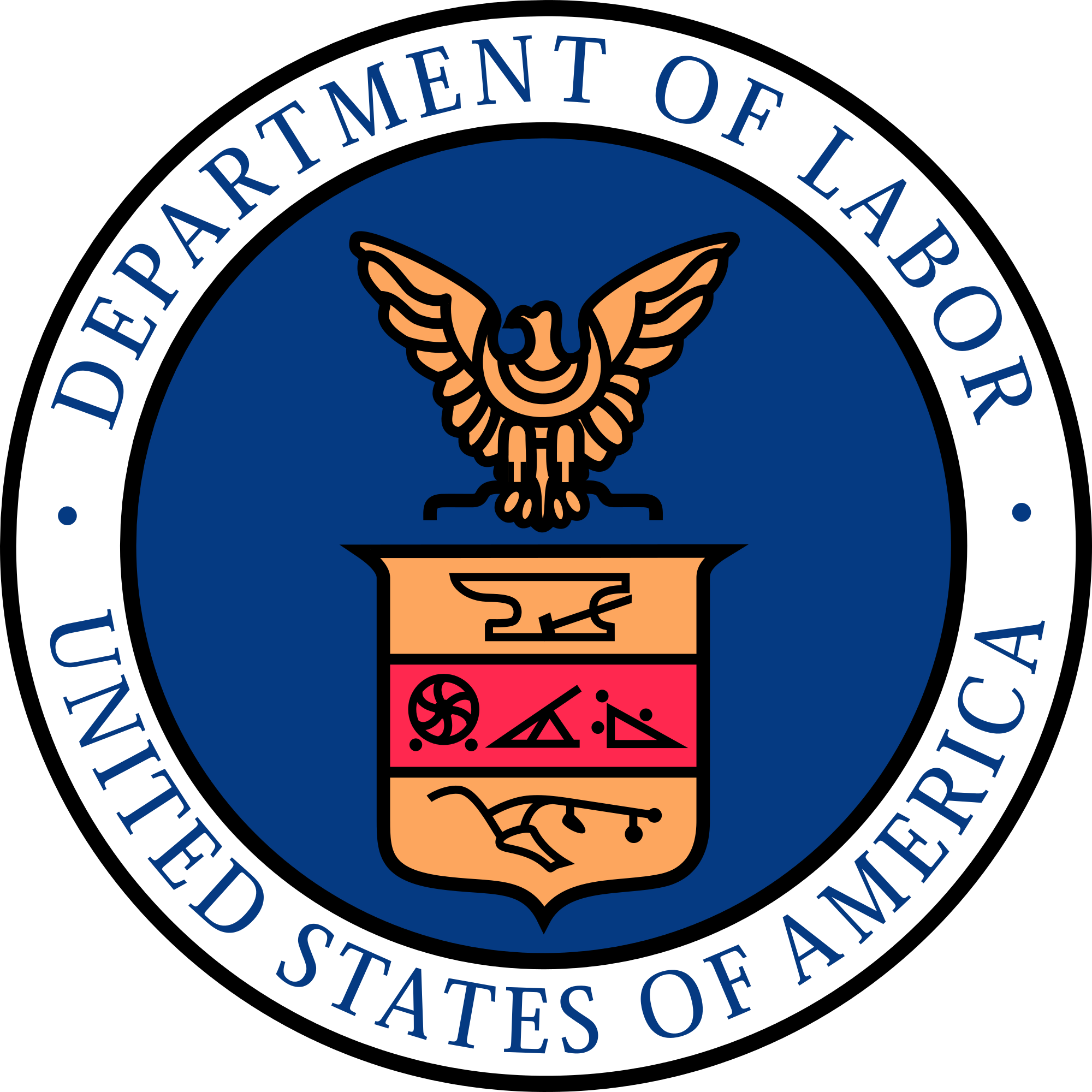 By now we’ve all heard numerous tales of the fake accounts created by Wells Fargo employees in order to meet unrealistic sales quotas and the subsequent firing of more than 5,000 as a result. Millions of phony deposit accounts. Hundreds of thousands of phony credit card accounts. Phony pin numbers and email addresses too.
By now we’ve all heard numerous tales of the fake accounts created by Wells Fargo employees in order to meet unrealistic sales quotas and the subsequent firing of more than 5,000 as a result. Millions of phony deposit accounts. Hundreds of thousands of phony credit card accounts. Phony pin numbers and email addresses too.
If you’ve ever worked in an environment where meeting goals, especially sales quotas, was given high priority, then you know what that type of culture can breed. Even the best of employees can engage in dishonest practices when their paycheck is on the line.
The workplace psychology experts at the Faas Foundation say that the bank is a perfect example of systemic bullying, defined in this case as “setting unreasonable expectations to get rid of employees who do not deliver and causing others to resort to questionable practices to meet the expectations.”
As more details become available, it turns out that the fraudulent accounts weren’t the only issue. If we’re talking about things that fit the definition of phony, perhaps we need to look at the company’s Code of Conduct and its Ethics Hotline as well.
As the dust settles around this case and the investigation and hearings play out, we find a CEO who assumes little to no responsibility, customers who are due recompense, hundreds of millions of dollars in fines assessed and past employees whose voices are finally being heard. From these past employees we now know that multiple attempts were made to blow the whistle on these fraudulent accounts through calls to the company’s ethics hotline and emails to their human resources staff. In return for following the company’s ethics policies (let’s not mention the law!), those employees were reportedly rewarded with termination[1].
Reporting under the condition of anonymity, a former Well Fargo Human Resources employee told reporters at CNNMoney that the bank had a plan in place to retaliate against those who used the tip line for reporting sales related issues. To make a long story short, the HR staff helped managers find ways to fire those tipsters.
All of this only proves what we already know: The existence of a code of conduct isn’t enough to create ethical behavior. The code must be also enforced and supported by company culture. And if a company’s upper management isn’t enforcing the code, then it is HR’s job to do so.[2]
Enforcement is one thing, but creating a supportive company culture is another. The experts at the Faas Foundation suggest that not only was the culture at Wells Fargo not supportive, but that it actually had all the necessary components of a hostile work environment (unreasonable expectations put on employees, an acceptance of questionable practices, and reluctance to complain out of fear of retaliation). According to Andrew Faas of the Foundation, “Wells Fargo has a much bigger issue than the fraudulent accounts—they have a culture of fear. If this is validated, it puts to question the credibility of their leadership’s response[3].”
Pointing the finger directly at the CEO is easy and justified, but it doesn’t change this simple fact: A very different story would be playing out in the news right now if the HR staff had been responsive to the complaints and willing to take a stand the very first time they heard of a violation.
This extends beyond HR’s role in building corporate culture, helping managers with realistic goal setting and providing code of conduct training. If the accounts of former employees are true, then complaints from internal whistle-blowers were communicated to Wells Fargo’s HR staff many times over the past several years.
While standing up to corporate executives requires tremendous courage, it is a professional responsibility of HR professionals to do so. We, too, are safeguarded by laws that provide strong protections for those who face retaliation for reporting these issues up the chain of command.
[1] https://my.capital.org/community/advice-resolution/newsletter/blog/2016/09/26/retaliation-lessons-from-the-wells-fargo-debacle
[2] https://www.shrm.org/ResourcesAndTools/legal-and-compliance/employment-law/Pages/Wells-Fargo-code-of-conduct.aspx?utm_source=SHRM%20Wednesday%20-%20PublishThis_HRDaily_7.18.16%20(15)&utm_medium=email&utm_content=September%2014,%202016&SPMID=&SPJD=&SPED=&SPSEG=&spMailingID=26504954&spUserID=ODY2OTYwOTQ1NDkS1&spJobID=882202904&spReportId=ODgyMjAyOTA0S0
[3] https://www.fastcompany.com/3064175/how-wells-fargos-cross-selling-scandal-grew-out-of-workplace-culture


 While a tradition in many places, some employers often question whether, when and how to offer holiday or year-end bonuses to employees. The decision to give a bonus – and the size of that bonus – may be tied to the company’s overall performance. Tradition or not, bonuses are gifts, not entitlements. If bonuses are a tradition in your workplace and you decide not to offer a bonus for financial or other reasons, you should communicate that fact to your employees as soon as possible since some may be making plans for that money (Think Clark Griswold & the Jelly of the Month Club!).
While a tradition in many places, some employers often question whether, when and how to offer holiday or year-end bonuses to employees. The decision to give a bonus – and the size of that bonus – may be tied to the company’s overall performance. Tradition or not, bonuses are gifts, not entitlements. If bonuses are a tradition in your workplace and you decide not to offer a bonus for financial or other reasons, you should communicate that fact to your employees as soon as possible since some may be making plans for that money (Think Clark Griswold & the Jelly of the Month Club!). It’s safe to say that this campaign season has created a divide in many facets of life and from the work site to social media, political tensions are running high. The Society for Human Resource Management (SHRM) reports that more than half of the HR Professionals surveyed last month said they had observed more hostility among co-workers than in previous election years. The only surprise here is that the results weren’t closer to 100%!
It’s safe to say that this campaign season has created a divide in many facets of life and from the work site to social media, political tensions are running high. The Society for Human Resource Management (SHRM) reports that more than half of the HR Professionals surveyed last month said they had observed more hostility among co-workers than in previous election years. The only surprise here is that the results weren’t closer to 100%! By now we’ve all heard numerous tales of the fake accounts created by Wells Fargo employees in order to meet unrealistic sales quotas and the subsequent firing of more than 5,000 as a result. Millions of phony deposit accounts. Hundreds of thousands of phony credit card accounts. Phony pin numbers and email addresses too.
By now we’ve all heard numerous tales of the fake accounts created by Wells Fargo employees in order to meet unrealistic sales quotas and the subsequent firing of more than 5,000 as a result. Millions of phony deposit accounts. Hundreds of thousands of phony credit card accounts. Phony pin numbers and email addresses too. Employers in the hospitality industry have come to terms with Florida’s higher-than-federal minimum wage, but many struggle with the tipped minimum wage and how to ensure compliance when paying tipped employees. The current minimum wage in Florida is $8.05 per hour, with a minimum directly paid wage of at least $5.03 per hour for tipped employees (with tips making up the difference).
Employers in the hospitality industry have come to terms with Florida’s higher-than-federal minimum wage, but many struggle with the tipped minimum wage and how to ensure compliance when paying tipped employees. The current minimum wage in Florida is $8.05 per hour, with a minimum directly paid wage of at least $5.03 per hour for tipped employees (with tips making up the difference). Beyond potential morale and productivity issues, political debate in the workplace may create a potential liability for employers. Conversations around our current Presidential candidates can easily focus on race, sex or religion. This can provide grounds for harassment, discrimination or other types of workplace complaints.
Beyond potential morale and productivity issues, political debate in the workplace may create a potential liability for employers. Conversations around our current Presidential candidates can easily focus on race, sex or religion. This can provide grounds for harassment, discrimination or other types of workplace complaints. Restaurant operators already have a dizzying amount to manage without getting bogged down by payroll or wage and hour issues. The Fair Labor Standards Act (FLSA) provides
Restaurant operators already have a dizzying amount to manage without getting bogged down by payroll or wage and hour issues. The Fair Labor Standards Act (FLSA) provides  Most HR Professionals would prefer to stay out of the gun control debate. In light of recent gun related violence in the US, however, we once again find ourselves “caught in a legal crossfire between the need to maintain safe workplaces and the right of employees to possess firearms.[1]”
Most HR Professionals would prefer to stay out of the gun control debate. In light of recent gun related violence in the US, however, we once again find ourselves “caught in a legal crossfire between the need to maintain safe workplaces and the right of employees to possess firearms.[1]” That’s right, I said it. Your employees’ free speech protections when it comes to these conversations ends at your company’s door step. The First Amendment of the constitution only guards against censorship by the Government. There is no Federal law protecting the expression of political views at private employers.
That’s right, I said it. Your employees’ free speech protections when it comes to these conversations ends at your company’s door step. The First Amendment of the constitution only guards against censorship by the Government. There is no Federal law protecting the expression of political views at private employers. Your employee investigations should be executed quickly, your interviews well-planned and remember the 5 Ws. Your employees must perceive you as unbiased and objective in the performance of reviewing these claims- or you will not get the information or cooperation you need from them in order to get to the bottom of the situation. It almost goes without saying, but document every step along the way of your investigations and it helps if you always assume that the matter will end up in court.
Your employee investigations should be executed quickly, your interviews well-planned and remember the 5 Ws. Your employees must perceive you as unbiased and objective in the performance of reviewing these claims- or you will not get the information or cooperation you need from them in order to get to the bottom of the situation. It almost goes without saying, but document every step along the way of your investigations and it helps if you always assume that the matter will end up in court. Wondering how these new rules impact your labor force, and what you can do to ensure you remain in compliance? We can help! Complete the form to your right or call and ask for help- one of our HR Consultants will be glad to sit with you and analyze the impact to your impact and recommend solutions for your particular situation. There is no one-size-fits-all solution to complying with this rule, as what is best for every business can vary depending on many factors.
Wondering how these new rules impact your labor force, and what you can do to ensure you remain in compliance? We can help! Complete the form to your right or call and ask for help- one of our HR Consultants will be glad to sit with you and analyze the impact to your impact and recommend solutions for your particular situation. There is no one-size-fits-all solution to complying with this rule, as what is best for every business can vary depending on many factors. By offering a flexible work environment where employees can work one or more days outside the office, you can send a message that not only are you aware of your employees’ need for a better work-life balance, but that you trust them and believe in their professionalism. South Florida is rife with traffic jams, long commutes and terrible drivers. Imagine what reducing an employee’s commute would do for their morale, their wallet and their level of happiness! One less day of gas and tolls, one less day of a frustrating commute that can save an hour or two of time, one less day of professional attire to be dry cleaned.
By offering a flexible work environment where employees can work one or more days outside the office, you can send a message that not only are you aware of your employees’ need for a better work-life balance, but that you trust them and believe in their professionalism. South Florida is rife with traffic jams, long commutes and terrible drivers. Imagine what reducing an employee’s commute would do for their morale, their wallet and their level of happiness! One less day of gas and tolls, one less day of a frustrating commute that can save an hour or two of time, one less day of professional attire to be dry cleaned. It’s time to reconsider the idea of an annual review that happens only at the end of the year. Performance management is a process. Chances are you’re already providing feedback of some sort throughout the year. Perhaps it’s time to replace your end of the year annual review process with one that has a beginning, middle and an end.
It’s time to reconsider the idea of an annual review that happens only at the end of the year. Performance management is a process. Chances are you’re already providing feedback of some sort throughout the year. Perhaps it’s time to replace your end of the year annual review process with one that has a beginning, middle and an end. discuss the holiday, and how some in the workplace might find the holiday objectionable due to their religious beliefs. For this reason, Managers should communicate to their teams that it is perfectly okay NOT to participate in dressing up to work on that day, and if an employee requests to work from home and it won’t impact their work- this reasonable accommodation should be made. Any costume contests, office décor contests, parties, or activities related to the holiday should be communicated to staff as “voluntary” and no employee should be forced to partake.
discuss the holiday, and how some in the workplace might find the holiday objectionable due to their religious beliefs. For this reason, Managers should communicate to their teams that it is perfectly okay NOT to participate in dressing up to work on that day, and if an employee requests to work from home and it won’t impact their work- this reasonable accommodation should be made. Any costume contests, office décor contests, parties, or activities related to the holiday should be communicated to staff as “voluntary” and no employee should be forced to partake.
 More often than not, Millennials don’t quite deserve the widely accepted negative reputation that has become the hallmark of their generation. In fact, Millennials can, and should, be next in line for leadership positions within your organization. They are naturals with technology and social connectivity and are full of ambition and creativity. As more Millennials enter the workplace each year, who better to lead them than one of their own?
More often than not, Millennials don’t quite deserve the widely accepted negative reputation that has become the hallmark of their generation. In fact, Millennials can, and should, be next in line for leadership positions within your organization. They are naturals with technology and social connectivity and are full of ambition and creativity. As more Millennials enter the workplace each year, who better to lead them than one of their own?